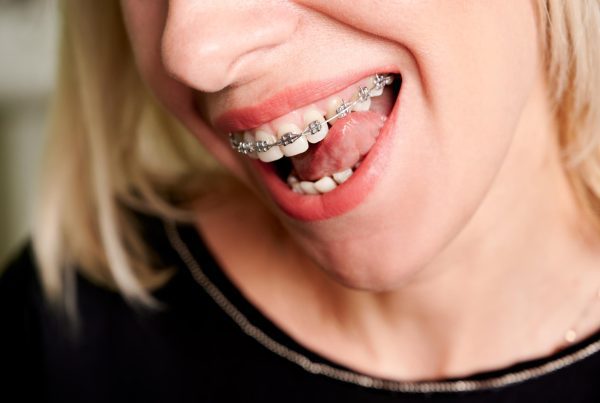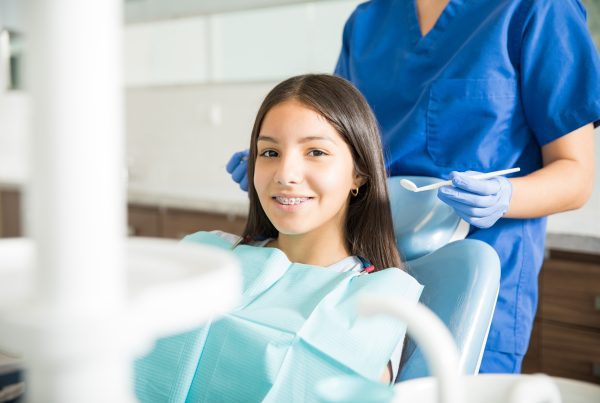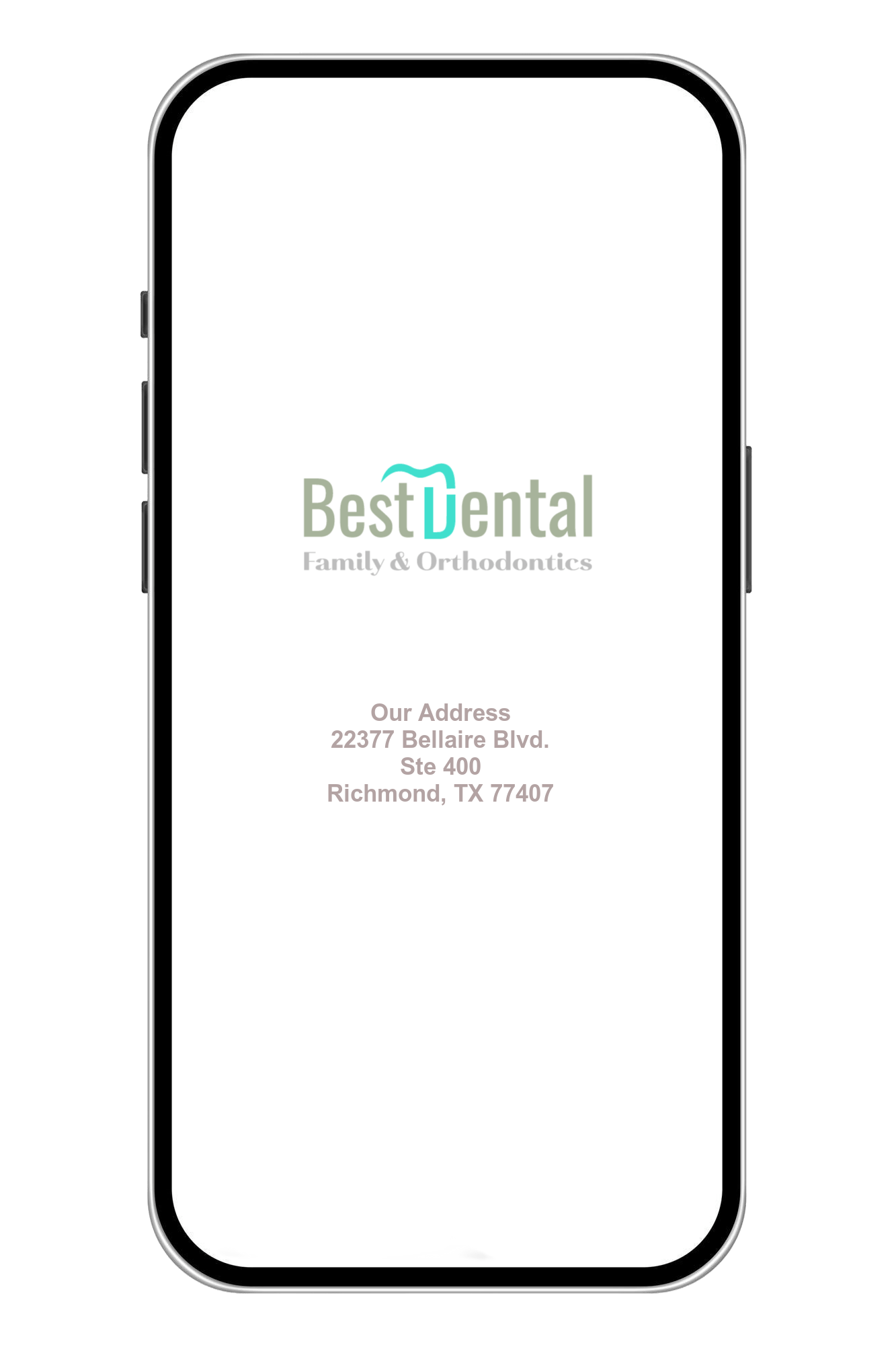Cavities And Dental Braces - An Overview
Getting braces with cavities is a common concern among individuals who are considering orthodontic treatment. Orthodontic braces are designed to straighten and align teeth, but they can pose challenges for individuals with cavities. Cavities are areas of tooth decay that require dental attention. The presence of cavities can complicate the orthodontic process, as it's essential to address dental decay before beginning orthodontic treatment. In this discussion, we will explore the relationship between cavities and braces, the importance of addressing dental decay, and how individuals can effectively manage both concerns to achieve a healthy, beautiful smile.

What are the potential challenges of getting braces when you have cavities?
Getting braces when you have cavities can present several challenges that may complicate the orthodontic process. Cavities, if left untreated, can worsen and potentially lead to more serious dental issues, such as infections and tooth loss. Placing braces over teeth with existing cavities can impede proper oral hygiene practices, making it more difficult to clean teeth effectively and increasing the risk of further decay. Additionally, the pressure exerted by braces on the teeth might exacerbate any existing dental discomfort, potentially causing pain or sensitivity in the affected areas. Addressing cavities before getting braces is crucial to ensure the success of orthodontic treatment and to prevent the progression of dental decay.
How do cavities impact the process of getting braces?
Cavities can significantly impact the process of getting braces, primarily by complicating the overall treatment plan and affecting the timeline for orthodontic care. Before placing braces, it is essential to address any existing cavities to prevent their progression during orthodontic treatment. The presence of cavities can necessitate additional dental procedures, such as fillings or root canals, which can prolong the pre-braces preparation phase. Moreover, the presence of cavities can affect the placement of orthodontic brackets, potentially altering the treatment approach to ensure the brackets are securely positioned over healthy tooth surfaces. It is crucial to have a comprehensive dental examination to identify and treat cavities before initiating the orthodontic treatment to minimize any potential complications and ensure optimal oral health throughout the process.


Can orthodontic treatment worsen existing cavities?
Orthodontic treatment itself typically does not worsen existing cavities. However, the presence of braces can make it more challenging to maintain proper oral hygiene, which may indirectly contribute to the worsening of cavities if not managed carefully. Braces create additional spaces and crevices where food particles and plaque can accumulate, making it harder to effectively clean teeth and leading to an increased risk of plaque build-up and subsequent decay. If individuals do not maintain a rigorous oral hygiene routine, the difficulty in reaching certain areas due to the braces can potentially exacerbate existing cavities. Therefore, it is crucial for individuals undergoing orthodontic treatment to maintain excellent oral hygiene practices, including regular brushing, flossing, and using specialized cleaning tools recommended by their orthodontist or dentist. Regular dental check-ups are also essential to monitor the progression of any existing cavities and to address any emerging dental issues promptly.
What steps should individuals take to address cavities before getting braces?
Before getting braces, individuals should take several essential steps to address cavities and ensure optimal oral health. These steps include:
- Dental examination: Schedule a comprehensive dental examination to identify any existing cavities or dental issues.
- Treatment plan: Work with your dentist to create a treatment plan that addresses any cavities, which may involve procedures such as fillings or root canals.
- Oral hygiene: Maintain a strict oral hygiene routine, including regular brushing and flossing, to minimize the risk of further decay and maintain overall dental health.
- Diet modification: Reduce the consumption of sugary foods and beverages that can contribute to the development of new cavities and exacerbate existing ones.
- Regular check-ups: Attend regular dental check-ups to monitor the progress of cavity treatment and ensure that the teeth and gums remain healthy before starting orthodontic treatment.
- Dental Fillings: Have your cavities treated prior to getting dental braces.
By addressing cavities before getting braces, individuals can establish a solid foundation of oral health, reducing the risk of complications during orthodontic treatment and promoting a successful and effective overall treatment outcome.


How does dental treatment for cavities affect the overall timeline for braces?
Dental treatment for cavities can have an impact on the overall timeline for braces, potentially prolonging the duration of orthodontic treatment. The timeline can be affected by several factors, including the severity of the cavities, the complexity of the required dental procedures, and the individual’s response to treatment. Individuals may need to undergo procedures such as fillings, root canals, or other dental interventions to address the cavities before starting orthodontic treatment. These additional dental procedures can extend the overall timeline for braces, as it is essential to ensure that the teeth are in a healthy condition before applying braces to prevent any potential complications or further decay during orthodontic treatment. Therefore, individuals should be prepared for the possibility of an extended treatment timeline to accommodate the necessary dental procedures for cavity treatment before commencing with orthodontic treatment.
What are the potential risks of not addressing cavities before getting braces?
Not addressing cavities before getting braces can pose several risks and complications that can affect both dental health and the success of orthodontic treatment. Some potential risks include:
- Worsening of cavities: Without proper treatment, cavities can progress and lead to more extensive tooth decay, potentially affecting the overall oral health and requiring more invasive dental procedures in the future.
- Increased risk of infections: Untreated cavities can lead to infections in the teeth or gums, which can cause pain, discomfort, and potential complications during orthodontic treatment.
- Difficulty in maintaining oral hygiene: Braces can make it more challenging to clean teeth thoroughly, and the presence of untreated cavities can exacerbate this challenge, leading to a higher risk of plaque build-up, tooth decay, and gum disease.
- Prolonged treatment duration: The need for additional dental procedures during the orthodontic treatment process due to untreated cavities can lead to a longer overall treatment duration, potentially prolonging the time needed to achieve the desired orthodontic results.
- Increased discomfort: Untreated cavities can cause sensitivity and pain, and the pressure exerted by braces can exacerbate this discomfort, making the orthodontic treatment process more uncomfortable for the individual.
It is crucial to address cavities before getting braces to minimize these risks and ensure a smooth and successful orthodontic treatment journey. Regular dental check-ups and proactive dental care are essential to maintain optimal oral health before, during, and after orthodontic treatment.





